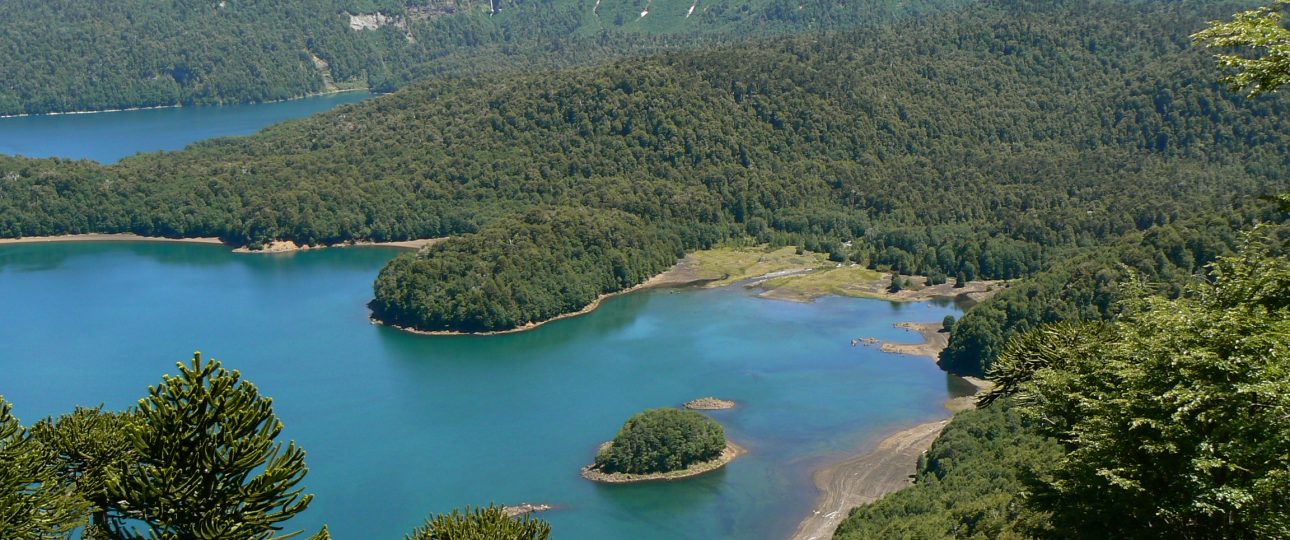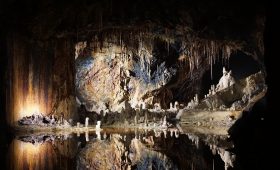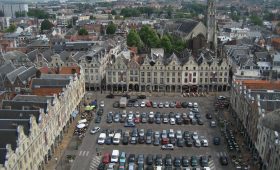Conguillío National Park: A Journey Through Chile’s Natural Wonder
Location and Overview
Conguillío National Park is located in Chile’s Araucanía Region, about 120 kilometers east of Temuco. Spanning over 60,000 hectares, the park is a UNESCO Biosphere Reserve, known for its diverse ecosystems, including ancient forests, lakes, and volcanoes. It is part of the Kütralkura Geopark, recognized by UNESCO’s Global Geoparks Network.
Unique Features
Conguillío National Park offers a range of natural attractions:
- Araucaria Trees: These ancient trees, also known as monkey puzzle trees, can grow up to 50 meters tall and are characterized by their unique umbrella-shaped crowns.
- Lago Conguillío: This glacial lake is surrounded by lush greenery and volcanic peaks, providing a stunning reflection of the landscape.
- Volcán Llaima: As one of Chile’s most active volcanoes, Llaima offers a dramatic backdrop. Its last eruption was in 2008, and it remains a site of geological interest.
- Sierra Nevada: This mountain range offers five lookout points, rewarding hikers with panoramic views and the chance to spot condors in flight.
Best Time to Visit
The ideal time to visit is during the Southern Hemisphere’s summer months, from December to February. Expect pleasant weather with temperatures between 20 and 25 degrees Celsius. The park’s flora is vibrant, making it a great time for photography and exploration.
Getting There
Fly into Temuco Airport, which connects well with Santiago and other major Chilean cities. From Temuco, the park is about a two-hour drive. You can rent a car or take a bus to reach the park. Note that roads are paved only partway, with gravel roads leading to the park’s entrances.
Local Transportation
Having a car is recommended for exploring the park’s vast areas. However, guided tours and local transportation services are available. Hiking trails are well-marked for those who prefer to explore on foot.
Exploring Conguillío National Park
Once inside the park, a range of activities awaits:
Hiking Trails
The park offers trails for all levels of hikers. Some popular options include:
- Sendero Los Carpinteros: A moderate trail through Araucaria, coigüe, and lenga forests, ending at Laguna Captrén.
- Sendero Sierra Nevada: A challenging hike with rewarding views of the Sierra Nevada range.
- Sendero Los Lagos: This trail circles Lago Conguillío, offering immersive views of the park’s natural beauty.
Wildlife Spotting
The park is home to diverse wildlife, including condors, foxes, and pudús. Keep your camera ready for these and other unique species.
Photography Opportunities
With its dramatic landscapes, Conguillío National Park is a photographer’s paradise. Capture the vibrant Araucaria trees, the reflections on Lago Conguillío, and the imposing Volcán Llaima.
Practical Tips
Be prepared for variable weather and road conditions. Some roads are gravel and may require a four-wheel drive, especially in winter. Always check local conditions before setting out, and consider hiring a guide for a more informed experience.




